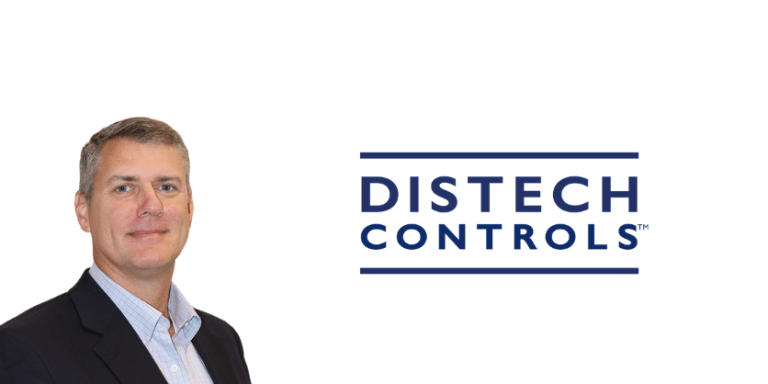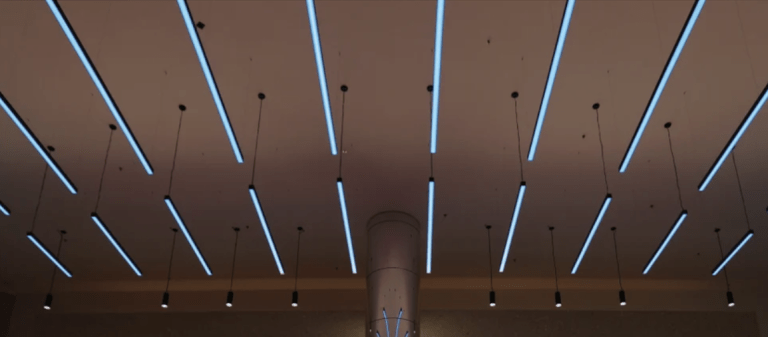Control the Lights & Temperature, Reduce Energy Costs

Lighting controls and building automation are increasingly going hand in hand and represent an opportunity for contractors and distributors…especially if a company is dual trade (electrical and mechanical /HVAC).
It could also be an expanded, or value-added, opportunity for lighting specifiers. While you may not have the skill set to recommend a HVAC system, you could recommend a building control system that facilitates lighting and mechanical management.
A recent article in Facility Executive highlighted this commercial building opportunity, which was also recently reinforced by DLC.
The IFMA (International Facility Management Association) recently asked their members about their challenges. The #1 response? “Balancing sustainability goals and cost control.”
Knowing this, lighting specifiers and contractors can better guide their clients when they are asked for ideas…not just asked to bid.
According to the article, a 2023 DLC study shows that “integrating lighting controls with HVAC can save up to 30% of HVAC energy and 20% of the total energy load in large commercial buildings. (This came on the heels of previous research demonstrating how the addition of NLCs to commercial lighting upgrades can cut a project’s new lighting load in half).”
The article further mentions DLC’s NLC-HVAC Integration Toolkit, and a video, to help present how lighting and HVAC can complement each other and drive greater energy savings for buildings.
Key elements of the toolkit, according to Stuart Berjansky, Technical Director for DLC, include:
18 Case Studies presenting successful integration examples and outlining the benefits of integration and lessons learned from projects in seven types of buildings (searchable by building type).
A Template of a sample construction integration specification.
A Handbook that concisely describes the basic information that each group involved in an NLC-HVAC integration project needs to know, with a glossary and references to relevant standards; and
A Responsibility Matrix in the form of a sample spreadsheet that presents an integration project in terms of major tasks and indicates which party is responsible for each.
Here are the key takeaways:
In a market where new construction lighting opportunities are challenged, it’s important to seek renovation/remodeling opportunities. These opportunities may take the form of companies seeking to improve their environment, more so than the physical form factor of their space. This is especially true as more companies institute Return to Work policies.
Sustainability and energy savings are important to companies…and the bigger the company, the more important these issues are. If you are in a state with high utility costs, this is especially important. And in states where more data centers are opening and energy capacity, and costs, are concerns, this will become more important.
If you know what your prospects’ challenges are, or could be, this can help your sales efforts … or at least you can ask them.
And if you are a dual trade contractor or distributor, you should be seeking opportunities that leverage both aspects of your expertise. This can provide you with a competitive edge.
To learn more about what your prospects/customers could be interested in, check out the complete article in Facility Executive.









